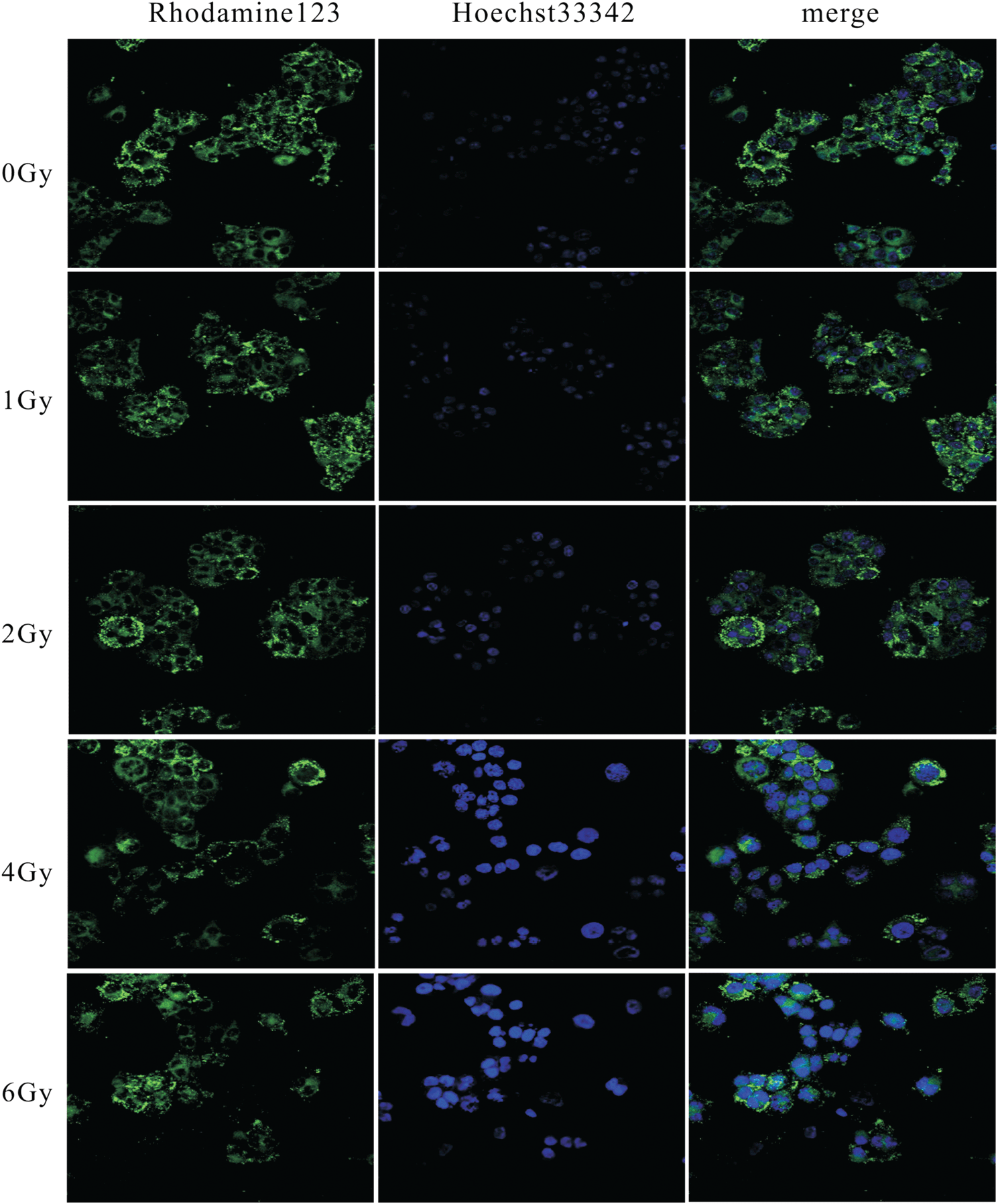博文
ABBS: Heavy ion beam on liver cancer
|||
Effects of 12C6+ heavy ion beam irradiation on the p53 signaling pathway in HepG2 liver cancer cells
Kai Liu, Xinke Zhao, Jing Gu, Jianjun Wu, Hong Zhang, and Yingdong Li
School of Basic Medical Sciences, Lanzhou University, Lanzhou 730000, China
Acta Biochim Biophys Sin 2017, 49: 989–998; doi: 10.1093/abbs/gmx096
The heavy ion beam is considered to be the ideal source for radiotherapy. The p53 tumor suppressor gene senses DNA damage and transducts intracellular apoptosis signals. Previous reports showed that the heavy ion beam can trigger complex forms of damage to cellular DNA, leading to cell cycle arrest and apoptosis of HepG2 human liver cancer cells; however, the mechanisms remains unclear fully. In order to explore whether the intrinsic or extrinsic pathway participates this process, HepG2 cells were treated with 12C6+ HIB irradiation at doses of 0 (control), 1, 2, 4, and 6 Gy with various methods employed to understand relevant mechanisms, such as detection of apoptosis, cell cycle, and Fas expression by flow cytometry, analysis of apoptotic morphology by electron microscopy and laser scanning confocal microscopy, and screening differentially expressed genes relating to p53 signaling pathway by PCR-array assay following with any genes confirmed by western blot analysis. This study showed that 12C6+ heavy ion beam irradiation at a dose of 6 Gy leads to endogenous DNA double-strand damage, G2/M cell cycle arrest, and apoptosis of human HepG2 cells via synergistic effect of the extrinsic and intrinsic pathways. Differentially expressed genes in the p53 signaling pathway related to DNA damage repair, apoptosis, cycle regulation, metastasis, deterioration and radioresistance were also discovered. Consequently, the expressions of Fas, TP53BP2, TP53AIP1, and CASP9 were confirmed upregulated after 12C6+ HIB irradiation treatment. In conclusion, this study demonstrated the mechanisms of inhibition and apoptosis induced by 12C6+ heavy ion beam irradiation on HepG2 cancer cells is mediated by initiation of the biological function of p53 signaling pathway including extrinsic and intrinsic apoptosis pathway.

HepG2 intracellular mitochondria membrane potential and chromatin morphology after 12C6+ HIB irradiation
阅读原文: http://www.abbs.org.cn/arts.asp?id=4224
获取全文: abbs@sibs.ac.cn
相关论文:
1 Hepatocellular Carcinoma Radiation Therapy: Review of Evidence and Future Opportunities
2 Respiratory gated irradiation system for heavy-ion radiotherapy
3 Clinical advantages of carbon-ion radiotherapy
5 Clinical Results and Risk Factors of Proton and Carbon Ion Therapy for Hepatocellular Carcinoma

https://blog.sciencenet.cn/blog-592748-1185474.html
上一篇:ABBS: ICT1 promotes gastric cancer
下一篇:ABBS: Doxycycline&doxorubicin inhibits prostate cancer